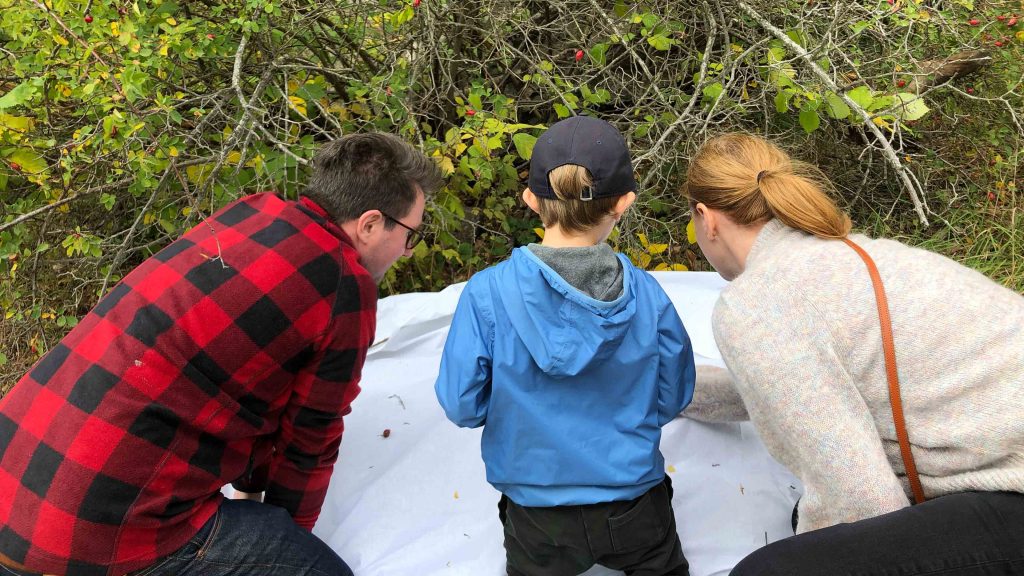During this year’s ForskarFredag (European Researchers’ Night in Sweden), held from 25 to 30 September 2023, over 37,000 people seized the opportunity to delve into the world of research, engaging in experiments, discussions, workshops as well as borrowing researchers in the classroom.
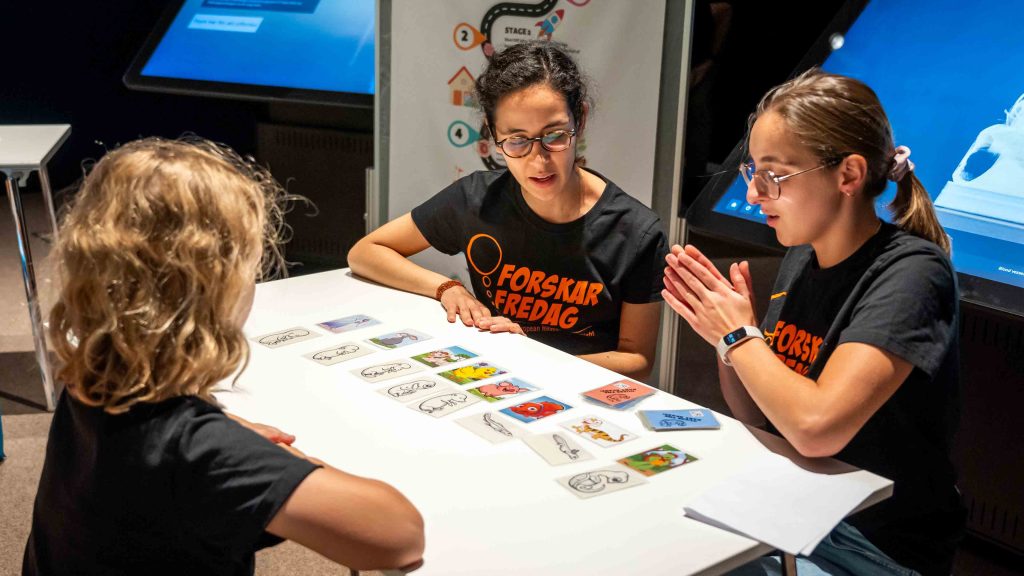
From Lund in the south to Luleå in the north, more than 120 activities were organised in towns and cities across Sweden to showcase what it is like to work as a researcher and how research is undertaken. The science festival lasted for almost a week and offered both face-to-face activities as well as opportunities to meet researchers online.
Schools in Jämtland, Härjedalen and Medelpad, for example, could book discussions with researchers from Mid Sweden University throughout the entire week. The meetings were held both in school and online to enable as many to participate as possible. To encourage interactivity during the online sessions, experiment kits are sent out in advance for the classes to work with. Pupils could also ask researchers questions directly via the camera, or with their teacher’s help via chat.
“We also tested a new concept together with the Chamber of Commerce, called ForskarFokus (Researcher Focus), whereby pupils could vote in advance for the questions they wanted to ask. The answers provided by the participating researchers were then used to create a case that the class was challenged to solve. The winning class can choose between a visit to the university campus or to receive a visit to their school,” said Sofia de Wall, a Communicator at Mid Sweden University.
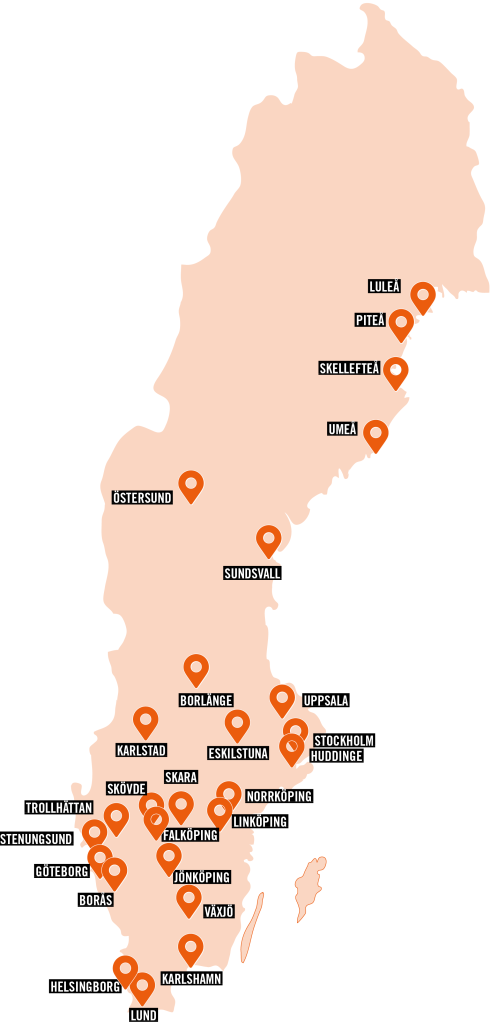
Q&A with researchers at Karolinska Institute
On the Tuesday, questions poured in when classes from two high schools, Adolf Fredrik and Cordoba International School, met ten researchers working in different fields at the Karolinska Institute.
“Is it possible to reduce the risk of getting cancer?”, “How dangerous is it to head a footbal?” och ”Is the brain affected if you spend a lot of time on social media?” were some of the many questions that were answered during the two-hour question and answer session.
“It’s a fun way to learn about research, much more exciting than I had previously thought,” commented a 15-year-old pupil during the break, when several young people took the opportunity to go up and talk to the researchers on the panel.
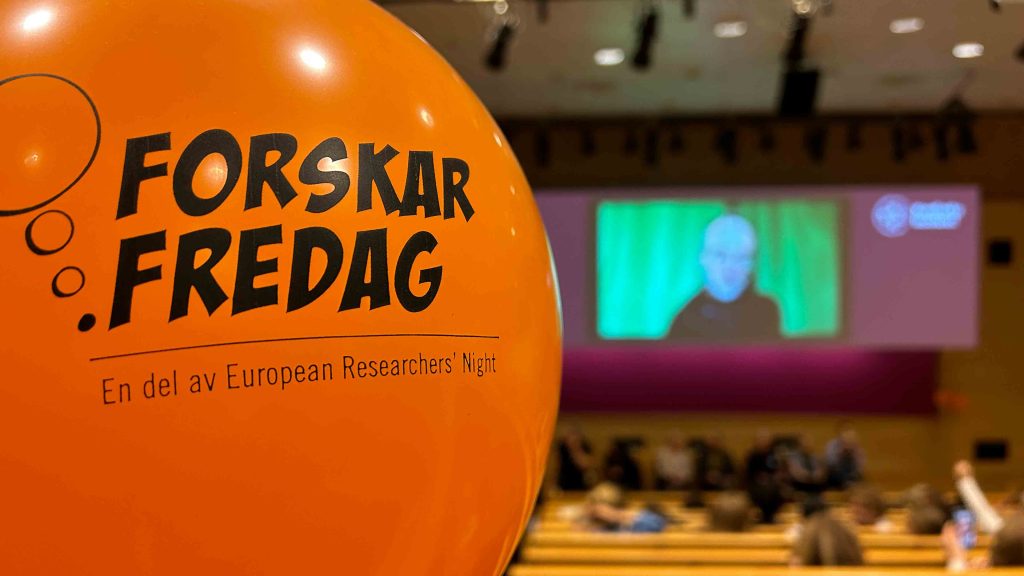
The hunt for facts in Gothenburg
In Gothenburg, there were multiple ways to meet researchers every weekday evening throughout the week. For example, you could have coffee with researchers at Kåken Cultural Centre, discuss urban transformation at Blå Stället Cultural Centre and participate in a quiz at Gothenburg Natural History Museum, where researchers were the key to solving the questions.
“We set up eight stations with researchers, who visitors had to find, talk to, then answer questions in a quiz. Participants came rushing back out of breath after scouring the museum to gather as many facts as they could. Surprisingly, it wasn’t the adult biology students who emerged as winners, but the most inquisitive youngsters. The interactions and conversations between the public and researchers are incredibly important; that’s where understanding is created,” highlighted Renée Göthberg, organiser of the activity at Gothenburg Natural History Museum.
Researchers ‘borrowed’ throughout Sweden
For the third successive year, there was also an opportunity to ‘borrow’ researchers at a national level. This year marked the first time where it was possible to borrow researchers both during the spring and autumn terms, both online or in the classroom. A total of 373 classes around the country received visits from a researcher who shared insights into their daily work and the reasons behind their career choice. The fundamental idea, as for the whole of ForskarFredag, is to showcase the vast diversity within the research profession, and to highlight that there are as many pathways to it as there are researchers.
Some voices from pupils in the evaluation reflecting on what they had learnt:
- Being interested can be the start of a journey towards becoming a researcher irrespective of where you come from, you don’t always have to have found school easy.
- I have learned that conducting research can be fun and that fun activities can be used to undertake research in a more engaging way.
- There are so many different ways to carry out research – and things to research about.
Research from morning to evening during the Friday
On the Friday, a packed programme offered dozens of activities in towns and cities across Sweden. In Skövde, the day started with a breakfast focusing on research about crisis management and preparedness. In Linköping, visitors had the opportunity to learn about how to stop bleeding from the researchers at Security Link, with demonstrations on the pavement outside the university attracting attention from curious passersby.
At Södertörn University, participants could discuss what future cities might look like in a science café, and at the Baltic Sea Center at Skansen in Stockholm, visitors could meet researchers working on issues related to the Baltic Sea. The oceans theme continued in Piteå, where visitors were treated to a preview of a new musical about the health of the sea, eutrophication, and the legacy we want to leave for future generations. Through music and acting, research on these topics was presented in an entertaining and engaging manner.
In Karlshamn, visitors to Kreativum Science Centre could discuss the future of manufacturing with researchers from Volvo. In the evening, the public could join an after-work event with researchers at Molekylverkstan Science Centre, whilst fun activities for the whole family were on offer at Curiosum Science Centre too.
The week concluded with a walk with researchers around Karlstad on the Saturday to discover local urban planning secrets, whilst researchers in Umeå entertained the audience in a stand-up comedy show.
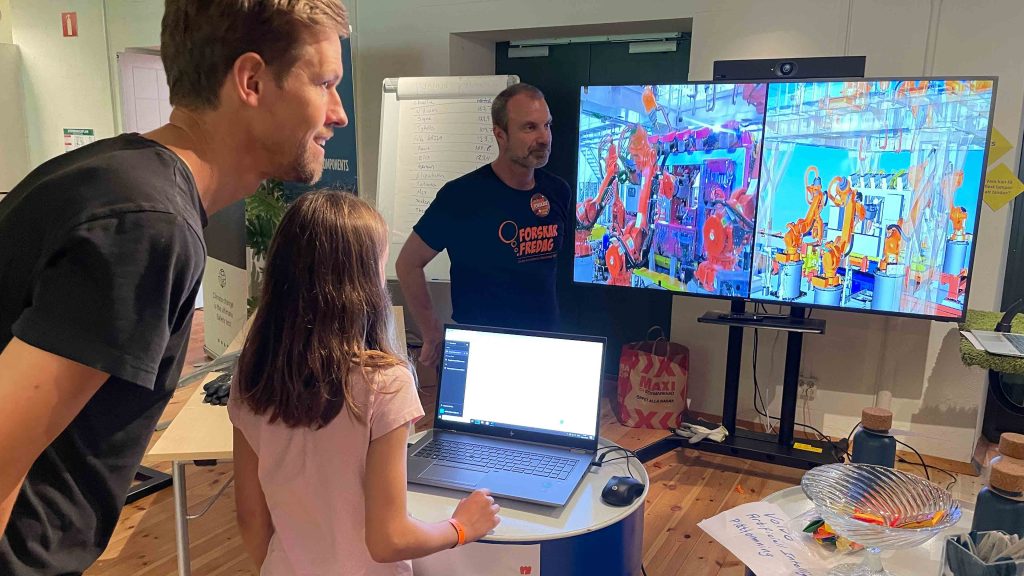
Part of European Researchers’ Night
ForskarFredag is part of the European science festival – European Researchers’ Night – which is run annually during the last week of September in around 26 countries. Several activities were on offer across the whole of Europe. This year, you could take part in a Biblitz by submitting photos of local flora and fauna during the Friday and Saturday. Overall, 64,397 photos were submitted from different European locations, which are now stored in a database that researchers can utilise, for example, to investigate biological diversity.
This year, ForskarFredag reached more people than ever before. In total, over 37,000 people from more than half of Sweden’s municipalities participated in ForskarFredag 2023 – Sweden’s most widespread science festival.
”It is great that so many people got involved. In these times, it feels more important than ever to engage with a wide audience to explain about what science is and what researchers do,” said Julia Brink, Project Manager at VA (Public & Science) and the national coordinator of ForskarFredag.
